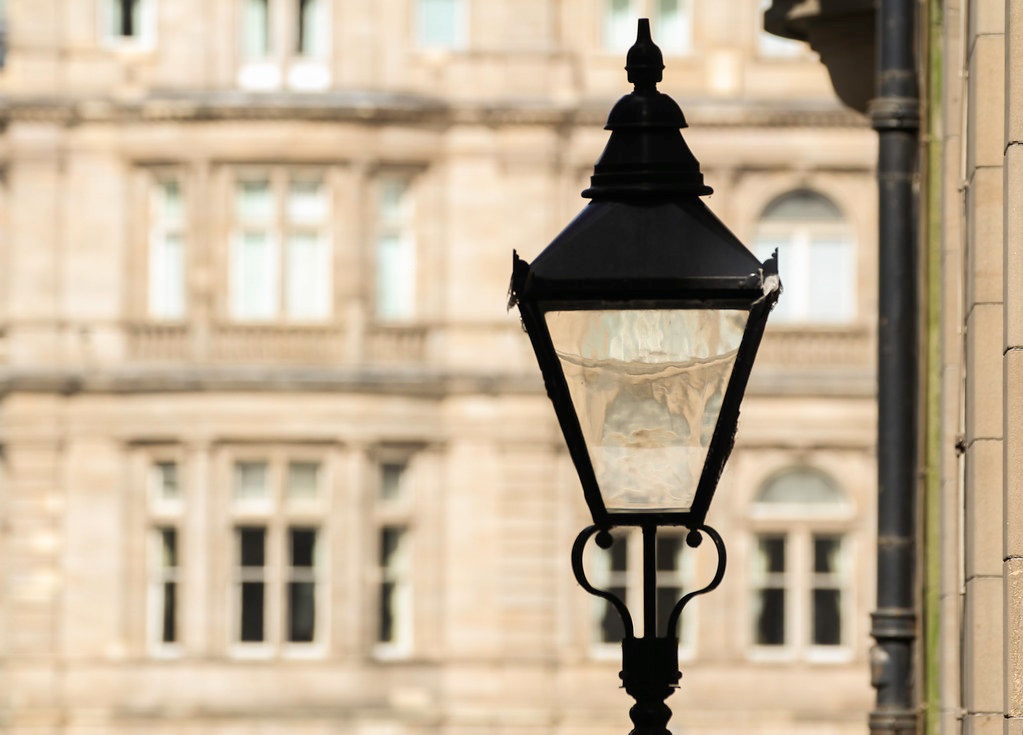The distinction among the form of yukata worn to fairs and the sort you’ll put on to the new springs, lies basically in the way you placed it on. A yukata worn out of doors, even though easy and cushy while in comparison to the problematic kimono, nonetheless calls for a properly-tied obi belt positioned on pinnacle of a fold within side the yukata.
Nowadays, the yukata you’ll see at a ryokan had been simplified so they may be worn very without difficulty with an easy tie across the waist, much like a tub gown. They don’t require any unique underwear, more ties, or complex folds. This is precisely what a kimono gown is, an easy yukata broadly speaking worn at domestic rather than the ryokan.
And due to its simplified nature, there may be no massive distinction among men’s and women’s kimono gowns, apart from length and color, so selected whichever fits you! If you need to discover extra, test out 30 Things You Should Know About Japanese Yukata.
Chrysanthemum- A flower printed dress
A fall flower that has the honor to be the Japanese Imperial Family emblem, the chrysanthemum is an image of toughness and rejuvenation in Japan. Chrysanthemums have a remarkable range of types in form and color, inspiring many exceptional designs in kimono styles. The chrysanthemum depiction graces the Imperial throne, Shinto shrines, Japanese passports and legitimate documents, and of path – floral kimono gowns.
Traditional woodblock prints
In a Kayo-e woodblock prints are an infinite supply for proposal, frequently remixed and reinvented. Hokusai’s The Great Wave off Kanagawa for example, is taken into consideration to be the maximum re-published paintings within side the world.
Kayo-e artwork subject matters are frequently depicted on Japanese silk kimono robes and kimono gowns, starting from vegetation as well as its Japanese fans, to kabuki actors, sumo wrestlers, and geishas or even yoke monsters! Like a sequence of infinite reflections among mirrors, kayo-e prints frequently depict complete kimono, simply as a few kimono depict kayo-e scenes.
How are kimonos made?
All the kimonos have an instantly line reducing methods all about nearly all of the sample portions they are reduce as an instantly line. You want approximately 12 meters of fabric to make a conventional kimono.
It is easy in wearing as well as helpful for your body. You can feel free to move as well as it is very comfortable for all age group people.












